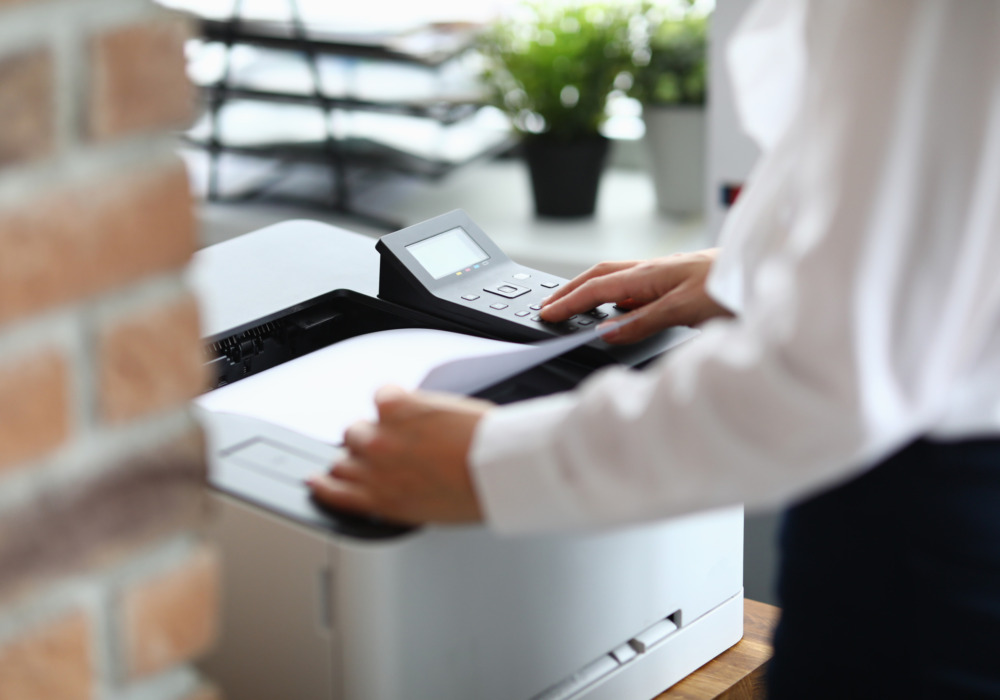Quality printed materials can make a strong impression in business and educational settings.
But did you know that optimising your printer settings can vastly improve your colour prints, whether you’re preparing presentations, marketing materials, or important documents?
Read on for our top tips for maximising print quality using the tools and equipment you already have.
Key Printer Settings to Adjust
Most office printers offer various settings that affect print quality. While some options are specific to certain models, these common adjustments can enhance your prints:
1. Paper Type
The paper type setting is often overlooked but can hugely impact print quality. Many users leave this set to ‘Plain & Recycled’ by default.
However, if you’re using thicker or glossier types of paper – or specialist papers like photo paper – be sure to select the appropriate option.
This ensures the printer adjusts ink distribution for optimal results on your chosen paper.
2. Print Priority
Look for a ‘Print Priority’ or similar setting on your printer. Changing this from ‘Speed’ to ‘Quality’ can improve your colour prints.
While this may increase print time slightly, the improved output is often worth the wait for important documents.
3. Raster vs. Vector Printing
If your printer offers a choice between raster and vector colour printing, consider using raster for colour prints.
Raster printing can provide better colour quality, especially for photos and complex graphics.
4. Ink or Toner Settings
Many printers allow you to adjust the amount of ink or toner used during printing. This setting, often called ‘Print Density’ or ‘Toner Density,’ can alter your print quality and colour vibrancy.
For everyday documents, the default setting is usually sufficient.
However, for important colour prints or presentations, increasing the ink density can result in richer, more vibrant colours. Be aware that this will use more ink and may increase drying time for inkjet printers.
Conversely, reducing the ink density for draft documents or internal memos can help save on ink or toner costs.
Experiment with these settings to find the right balance between print quality and resource usage for different types of documents.
Additional Tips for Better Prints
Here are four more crucial tips for achieving better prints every time:
Calibrate your printer regularly
Monitor and replace ink cartridges as needed
Keep your printer clean and free from dust
Keep the paper clean and dust-free
The last one is very important, particularly if you don’t print often. Dusty paper will not only result in poor prints, but it could also negatively affect your print heads
Balancing Quality and Cost
While high-quality prints may use more ink, checking and using these settings can help manage costs in the long run.
The improved impression from a vibrant, professional print often justifies the slight increase in resources used for key documents.
Choosing the Right Paper for Your Prints
While printer settings are crucial, the quality of your paper also plays a vital role in achieving vibrant colour prints.
At Springfield Papers, we offer a broad range of paper options suitable for various printing needs.
From premium white paper for important presentations to specialised paper for unique projects, we have the perfect paper in stock for you.
Not sure what you’re looking for? Our expert team will assist you in selecting the ideal paper type for your specific requirements, ensuring you get the best possible results for your project.
Contact Springfield Papers today or view our online catalogue for more information.
